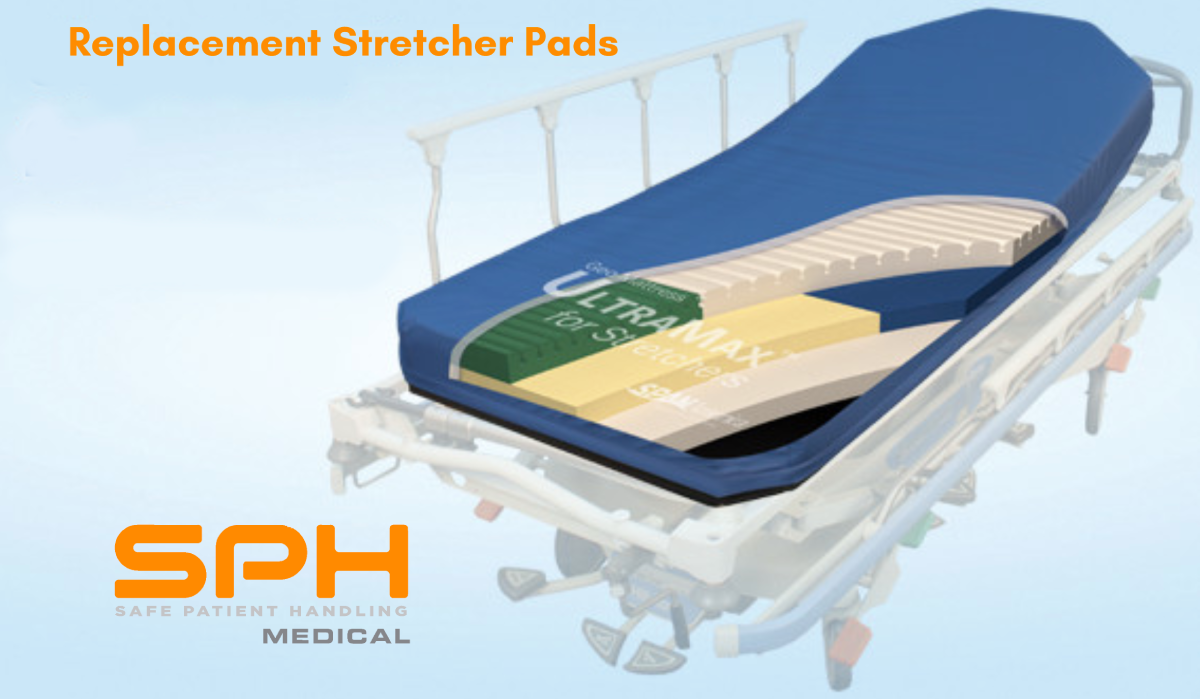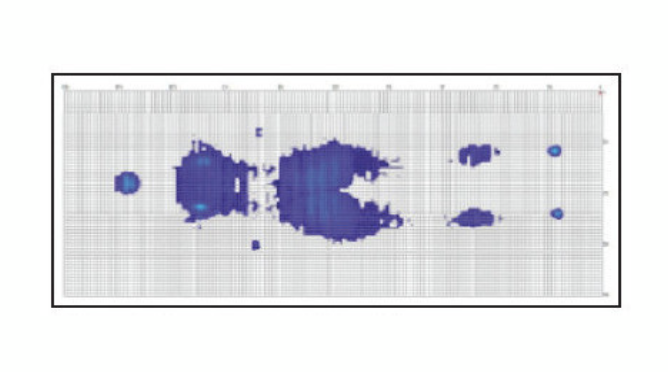The COVID-19 pandemic has left an indelible mark on healthcare systems worldwide, with emergency departments (EDs) bearing a significant brunt of its impact. Even as the pandemic subsides, EDs continue to grapple with numerous challenges, from resource constraints and staffing shortages to excessive demand. As we navigate this new normal, it becomes crucial to analyze these issues and strategize effective solutions based on evidence-based practices, innovative technologies, patient satisfaction and care quality.
Understanding the Impact on Patient Care and Staff Morale
The overburdening of EDs due to the pandemic has had far-reaching consequences on both patient care and staff morale. Patients face long waiting times, often in uncomfortable conditions, which can negatively affect their satisfaction and overall experience. Meanwhile, the increased workload and stress have led to high staff turnover rates, particularly in critical departments like the ED.
Patients are the heart of any healthcare institution, and their experience is paramount. In a bustling ED, patients often encounter extended wait times and uncomfortable conditions due to the overwhelming demand. These stressful circumstances can have a profound impact on their satisfaction levels and overall healthcare experience.
In fact, research shows a direct correlation between long wait times and decreased patient satisfaction. What’s more, uncomfortable conditions, such as old or inadequate stretcher pads, can exacerbate patients’ discomfort and anxiety. This results not only in a negative patient experience but also in potential health complications, such as pressure ulcers.
Staff Morale – The Silent Victim
While patients bear the brunt of the overburdened ED, the staff working tirelessly behind the scenes are equally affected. The increased workload and stress due to the surge in demand have led to alarmingly high staff turnover rates and an effect on patient satisfaction and care quality.
Frontline healthcare workers, particularly those in critical departments like the ED, are grappling with unprecedented levels of stress and burnout. This not only affects their mental and physical well-being but also impacts the quality of care they can provide to patients. High staff turnover rates further compound the issue, leading to a vicious cycle of understaffing and overworking.
An Urgent Call to Action; Patient Satisfaction and Care Quality
The far-reaching consequences of overburdened EDs on patient care and staff morale underscore the urgent need for effective solutions. From improving patient comfort through innovative products like the UltraMax for Stretchers to addressing staff burnout through comprehensive support systems, it’s time for healthcare institutions to take decisive action. By doing so, we can enhance patient satisfaction and care quality, boost staff morale, and ultimately, deliver the high-quality care that every individual deserves.
Addressing the Challenges: Evidence-Based Practices and Innovative Approaches
Overcoming these challenges calls for a multifaceted approach that combines evidence-based practices with innovative solutions. One proven strategy is optimizing the physical comfort of patients. Upgrading outdated stretcher pads to high-quality, comfortable ones, such as UltraMax for Stretchers, can significantly enhance the patient’s experience. These pads not only provide superior pressure redistribution, but they also prevent pressure ulcers, thus improving patient comfort and satisfaction.
Additionally, addressing staffing shortages through strategies like flexible staffing models, prioritizing staff well-being, and providing adequate support and resources can help boost morale and reduce turnover.
The Imperative of Improving Patient Satisfaction and Care Quality
In conclusion, addressing the ongoing challenges in EDs requires a comprehensive and strategic approach. By focusing on enhancing patient comfort, improving staff morale, and integrating innovative solutions, EDs can significantly improve patient satisfaction and continue to deliver high-quality care in these demanding times. Replacement stretcher pads are a cost effective way to improve patient satisfaction, comfort and overall patient care. Contact SPH Medical to learn more about the UltraMax replacement stretcher pad for hospitals and request a quote.


